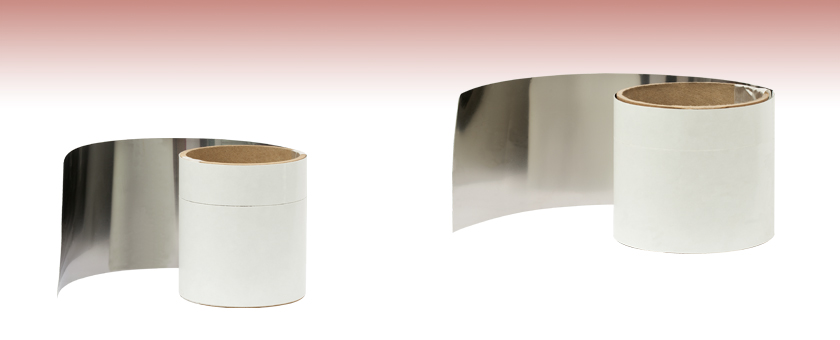Magnetic Shielding Design
Our Guaranteed Magnetic and Radio Frequency Shielding Systems.
- The most effective commercially available magnetic shielding material is called mu-metal, and is an alloy of 5 percent copper, 2 percent chromium, 77 percent nickel, and 16 percent iron. The maximum permeability of mu-metal is about. This material also possesses a.
- Physics demonstration on the effect of magnetic shielding. A paper clip is shown to be attracted to a magnet. A series of objects are placed in between, such.
Electronic equipment that might be affected by stray magnetic fields. They place a shield like a box or a can around the area. A good material to use is called mu-metal. An example would be oscilloscopes, that are like TV screens, where a line of electrons 'paint' the image onto the.
What is Passive Magnetic Shielding?
Microsoft stream download for mac. Rigid (passive) magnetic shielding is divided into two fundamental types based upon the magnetic and conductive properties of the shielding materials: flux-entrapment shields and lossy shields: Knives out the movie.
A flux-entrapment or flux ducting shield is constructed with a permeable (μ) ferromagnetic material such as low-carbon steel, silicon-iron steel (oriented and non-oriented) and nickel-iron alloy which either surrounds (cylinder or rectangular box) or separates (“U” shaped or flat-plate) the victim (i.e., people or equipment) from the magnetic field source. Ideally, magnetic flux lines incident upon the flux entrapment shield prefer to enter the permeable (μ) material via the path of least magnetic reluctance ℜ, rather than pass into the protected (shielded) space. The higher the permeability the more magnetic flux lines will prefer to travel within the material rather than a lower permeable material including air (or vacuum) which has the lowest mu (μ) of 1.

Magnetic Shielding Theory
Lossy shielding depends on the eddy-current losses that occur within highly conductive copper and aluminum materials, and higher permeable (μ) ferromagnetic materials that are also less conductive. When a highly conductive materials are subjected to a time-varying (60Hz) magnetic fields, currents are induced within the material that flow in closed circular paths, perpendicular to the inducing field. According to Lenz’s Law, these eddy-currents oppose changes in the inducing field, therefore the magnetic fields produced by the circulating eddy-currents attempt to cancel the larger external fields near the conductive surface, thereby generating a very effective shielding effect.
What’s Your Shielding Factor?
Shielding Factor (SF) is the ratio between the unperturbed magnetic field Bo and the shielded magnetic field Bi as expressed in: SF = Bi/Bo The final shielding design depends on several critical factors: maximum predicted worst-case 60-Hz magnetic field intensity (magnitude and polarization) and the geomagnetic (DC static) field at that location- whichever is greater; shield geometry and volumetric area; type of materials, permeability, induction & saturation; and, number of shield layers. Office mac torrent download.
Magnetic Shielding
To Shield or Not to Shield?
How Does Magnetic Shielding Work
It is usually not desirable, especially if office or living space is limited, to evacuate an entire room or several rooms exposed to very high magnetic field levels. So, when space is at a premium the only other alternative is magnetic field shielding. To shield or not to shield the source? That is the question! Generally, when physically practical, source shielding is the most effective and least expensive alternative. However, if there are multiple magnetic field sources (i.e., parallel transformer vaults, network protectors, secondary feeders, etc.) it may not be economically feasible to separately shield each source. In that case shielding the room, and consequently the victims, is the preferred solution.

